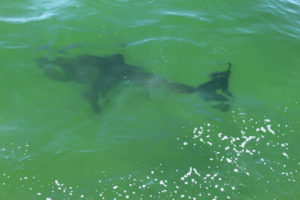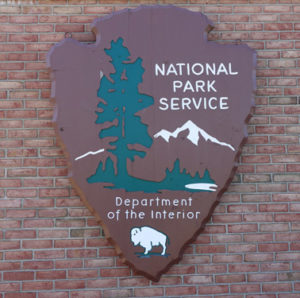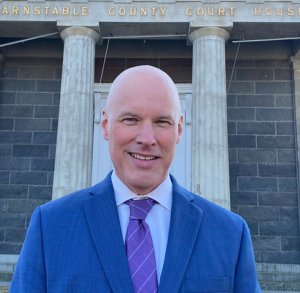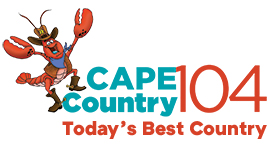 HYANNIS – A biomedical engineer who is also a pilot and drone operator is questioning conclusions made in the Woods Hole Group’s Shark Mitigation Alternative Analysis report released in October.
HYANNIS – A biomedical engineer who is also a pilot and drone operator is questioning conclusions made in the Woods Hole Group’s Shark Mitigation Alternative Analysis report released in October.
The study, which was a collaboration by the six Outer Cape towns, the Cape Cod National Seashore and the Atlantic White Shark Conservancy, cost around $50,000 and analyzed 27 shark mitigation strategies.
The goal of the report was to provide a comprehensive and consolidated analysis of the shark mitigation technologies currently available, along with strategies proposed to increase public safety and awareness.
The mitigation strategies in the report were divided into technology-based, barrier-based and biological-based categories.
Techonology-based strategies included acoustic and satellite tagging, visual detection from planes, helicopters, towers, balloons and drones, acoustic detection from sonar buoys, magnetic and adaptive camouflage.
A summary of the report from the Woods Hole Group emphasizes that there is no single alternative or group of alternatives that can guarantee the safety of 100 percent of individuals who choose to enter the water.
Kristian Sexton, a Wellfleet resident, is questioning the section of the report focusing on visual observation related to airplanes, drones, and balloons.
“In that section there were a number of problems,” Sexton said.
Sexton said the report relied primarily on a single study conducted by Australian scientist William Robbins in 2014.
“The basic description and details of that study were not reported correctly in the shark mitigation analysis report,” he said.
Sexton said the conditions in the waters off Cape Cod are much different than the conditions cited in the Australian study.
The study was conducted in areas with deeper water where there are not reflections off the bottom.
“Here on the Cape, a lot of the main beaches that you are looking at potentially deploying these types of technologies are much shallower where you would have reflection off the bottom,” Sexton said.
Another difference Sexton points out is that aerial spotters in planes and helicopters, or by drones, at Cape Cod beaches would be more focused on certain beaches and smaller areas.
He said the Williams study looked at using planes, and helicopters to cover much larger areas.
“With drones or balloons you have a camera system, especially with drones, where you actually are able to position that camera system wherever you want to minimize sun reflections off of the water,” Sexton said.
Officials from the Outer Cape communities and the National Seashore said beachgoers need to realize that there is risk when going into the water and that continued education about being shark smart should continue to be the focus.
“I think everyone here pretty much knows that there are sharks in the water,” Sexton said. “I think the point of the report is to see if there is a way that we can do something so that people can go safely into the water as they used to before the sharks were here.”
Sexton submitted his analysis of the report to the Woods Hole Group, Atlantic White Shark Conservancy, Cape Cod National Seashore and other stakeholders.
Public comment is being accepted on the Wolds Hole Group’s Outer Cape shark mitigation report through December 16.























